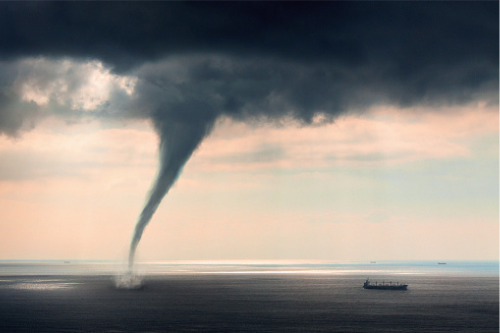

Catastrophe modeling firm AIR Worldwide, in partnership with experts from the Brookings Institution and AXIS Capital Holdings Limited, has released a report exploring how climate change may affect hurricane risk in the US by 2050. The report specifically focuses on financial losses to residential and commercial properties.
“Climate-related risks are among the most serious issues facing the world today, and insurers have a critical role to play in mitigating them,” said Albert Benchimol, president and CEO of AXIS. “Investing in ongoing research like today’s, in partnership with AIR and Brookings scholars, is essential. While climate change is likely to affect hurricanes in multiple ways, the report highlights two important aspects: an increase in the frequency of the strongest storms, and additional storm-surge flooding due to sea-level rise.”
The report utilized the AIR Hurricane Model for the United States, which considers wind, storm-surge and precipitation-induced flooding, as well as AIR’s database of property exposure. It projects future hurricane-generated storm-surge losses for selected study areas around New York, Houston, and Miami.
The analysis projected that increased event frequency and sea-level rise will have a significant impact on future damage. The growth in the number of stronger storms and landfalling storms increased modeled losses by about 20%, with slightly larger changes in areas like the Gulf and Southeast coasts, which already face a greater risk of frequent landfalling storms. The loss increases also extended to inland areas, as stronger storms may penetrate farther from the coast.
The analysis also suggested that by 2050, sea-level rise may increase storm-surge losses by anywhere from one-third to almost double, with larger impacts possible when combined with increases in the number of major storms.
The actual losses in 2050 could be even higher, according to AIR; while the report holds property exposure constant at current levels, coastal exposure is growing at an annual rate of 4%.
“This analysis points to increased damage and losses from hurricanes without factoring in any changes to the concentration of property exposure along the coast,” said Dr. Peter Sousounis, vice president and director of climate change research at AIR Worldwide. “With more intense hurricanes making landfall, and storm surges from more strong storms on top of a higher sea level, the results presented in this study are only the first step. Additional research into a wider range of impacts is necessary to complete what is surely a more complex picture, particularly related to how risk may change geographically.”
Among the critical factors are whether the strongest storms become not only more frequent, but also more intense, whether storms could remain stronger at higher latitudes, how much rainfall hurricanes might produce, and whether storms slow down and landfall and maintain their intensity longer after hitting land.
“The work follows on from related AIR research that considers the climatic effects on atmospheric perils responsible for multiple billion-dollar disasters that occur annually around the world,” said Bill Churney, president of AIR Worldwide. “The modeling tools and data presented in this report can be extended for additional perils, including inland flooding, wildfires, and convective and extratropical storms. While there is considerable uncertainty in how extreme event risk may evolve in a warmer climate, these models are a practical approach to assessing the potential impacts.”
